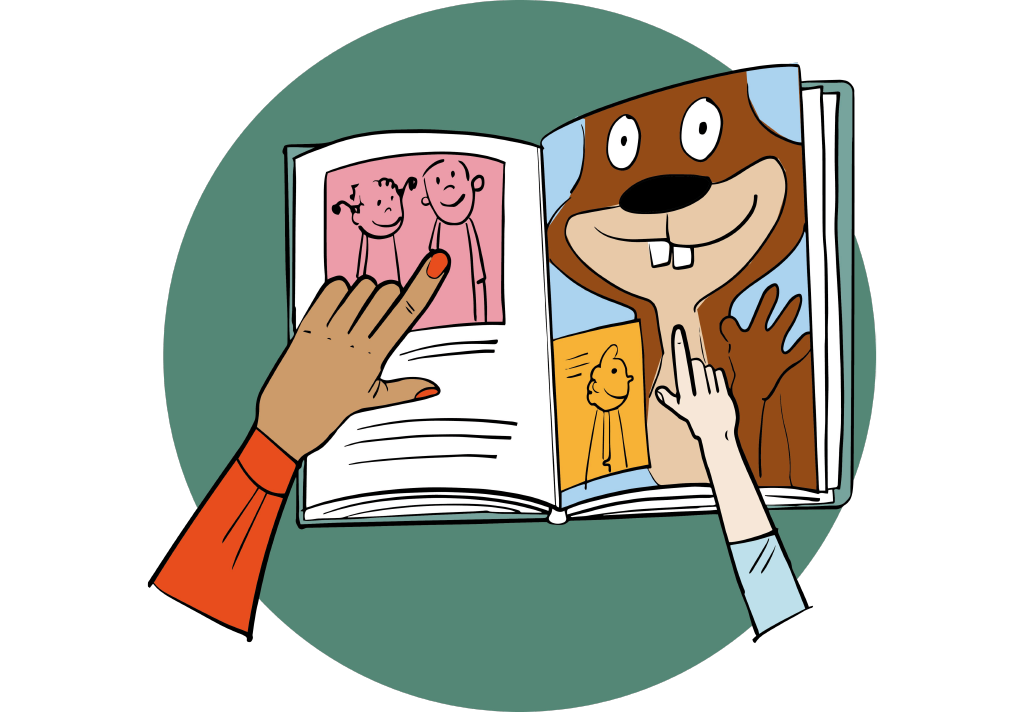Tutorial 09
Relaxed shared book reading
You and your child should feel comfortable during shared book reading. A pleasant environment plays an important role in this.
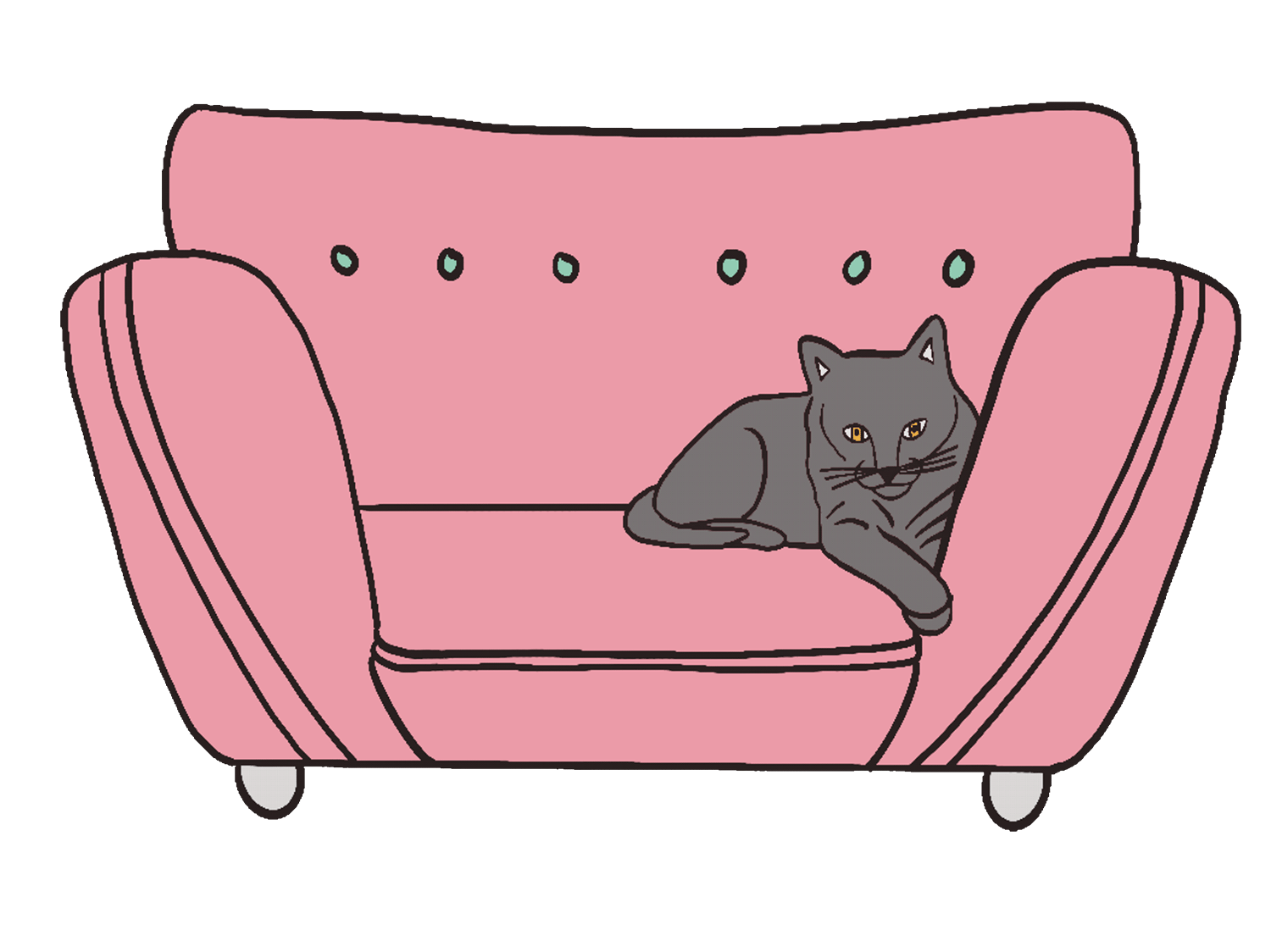
Choose a nice place for shared book reading
Choose a nice place for shared book reading. Your child can concentrate better and more easily in a quiet atmosphere.
It has to be cozy
Your child can relax best and concentrate on the story when it feels comfortable. This could be on the sofa, in bed or somewhere else.

Choose a nice place for shared book reading
Choose a nice place for shared book reading. Your child can concentrate better and more easily in a quiet atmosphere.

It has to be cozy
Your child can relax best and concentrate on the story when it feels comfortable. This could be on the sofa, in bed or somewhere else.
Good light
The room should be bright so that your child can see you, your face and your signs as well as the pictures in the book.
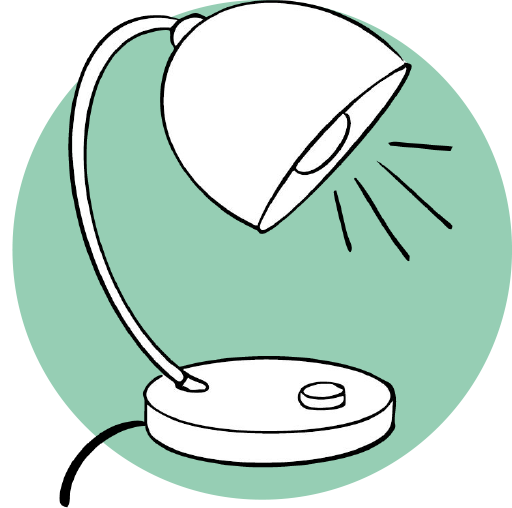
Quiet place
Choose a quiet place for shared book reading. Avoid rooms where your child can be distracted a lot, e.g. by a television on.
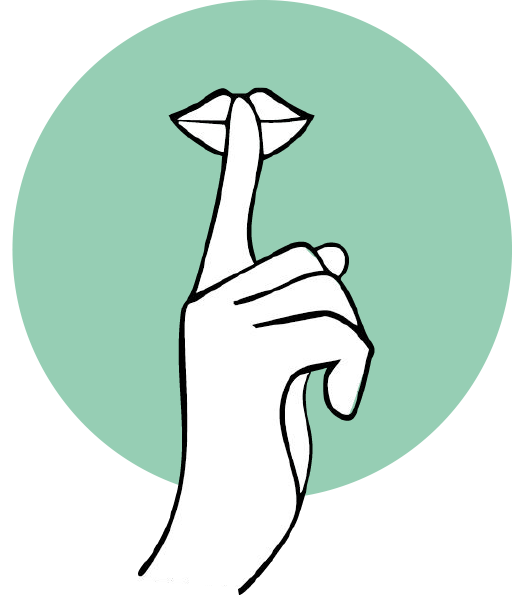
Feeling good
You can either sit or lie down in different places. It is important that your child can understand you well and that you feel comfortable with each other.


Good light
The room should be bright so that your child can see you, your face and your signs as well as the pictures in the book.

Quiet place
Choose a quiet place for shared book reading. Avoid rooms where your child can be distracted a lot, e.g. by a television on.

Feeling good
You can either sit or lie down in different places. It is important that your child can understand you well and that you feel comfortable with each other.
Sit down well
Children usually like to be close to you when you read to them, no matter how old they are. Physical closeness, if you both want it, is good for you.
It also helps that

you can better control your child’s attention,

your child can hear you better and/or see your signs well.
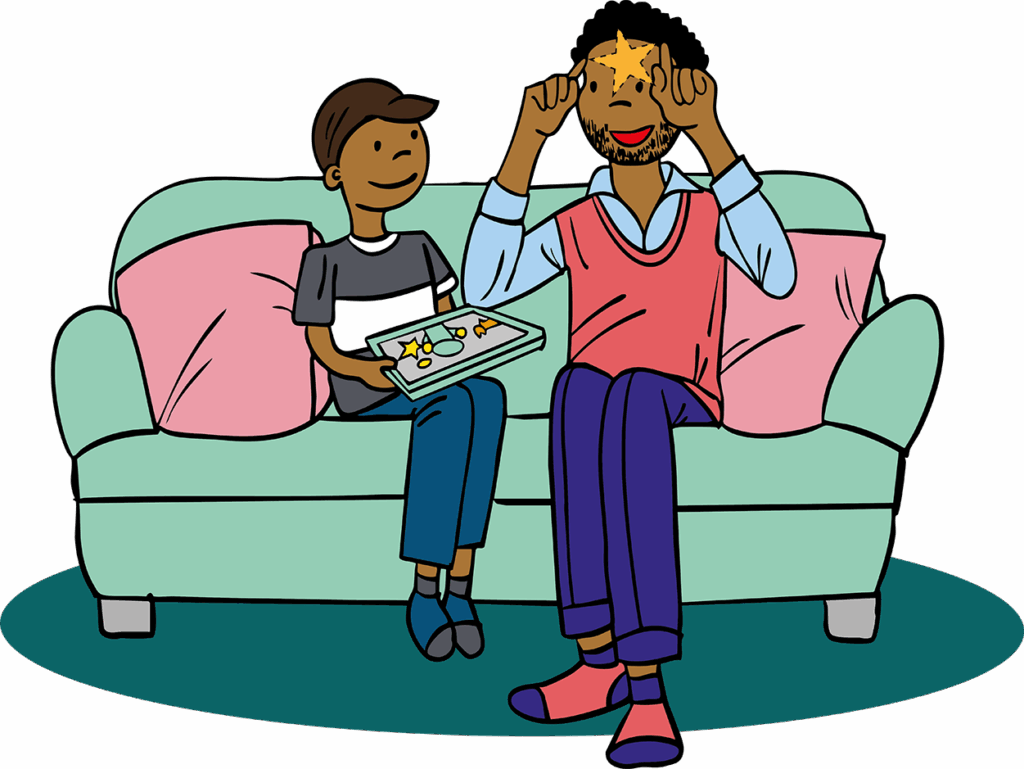
If your child is deaf or hard of hearing, they need to be able to see your face clearly when you speak. They can then combine the acoustic and visual information (lip movements, facial expressions and gestures) and understand spoken language better. If you sign, your child must be able to see your face, hands and upper body well.
To see you and the book, your child needs to be able to share their visual attention between you and the book. Therefore, always sit or lie down so that your child can see you and the pictures in the book clearly.

Here are some options:
Your child sits sideways on your lap. This allows them to alternate between looking at you and the book.
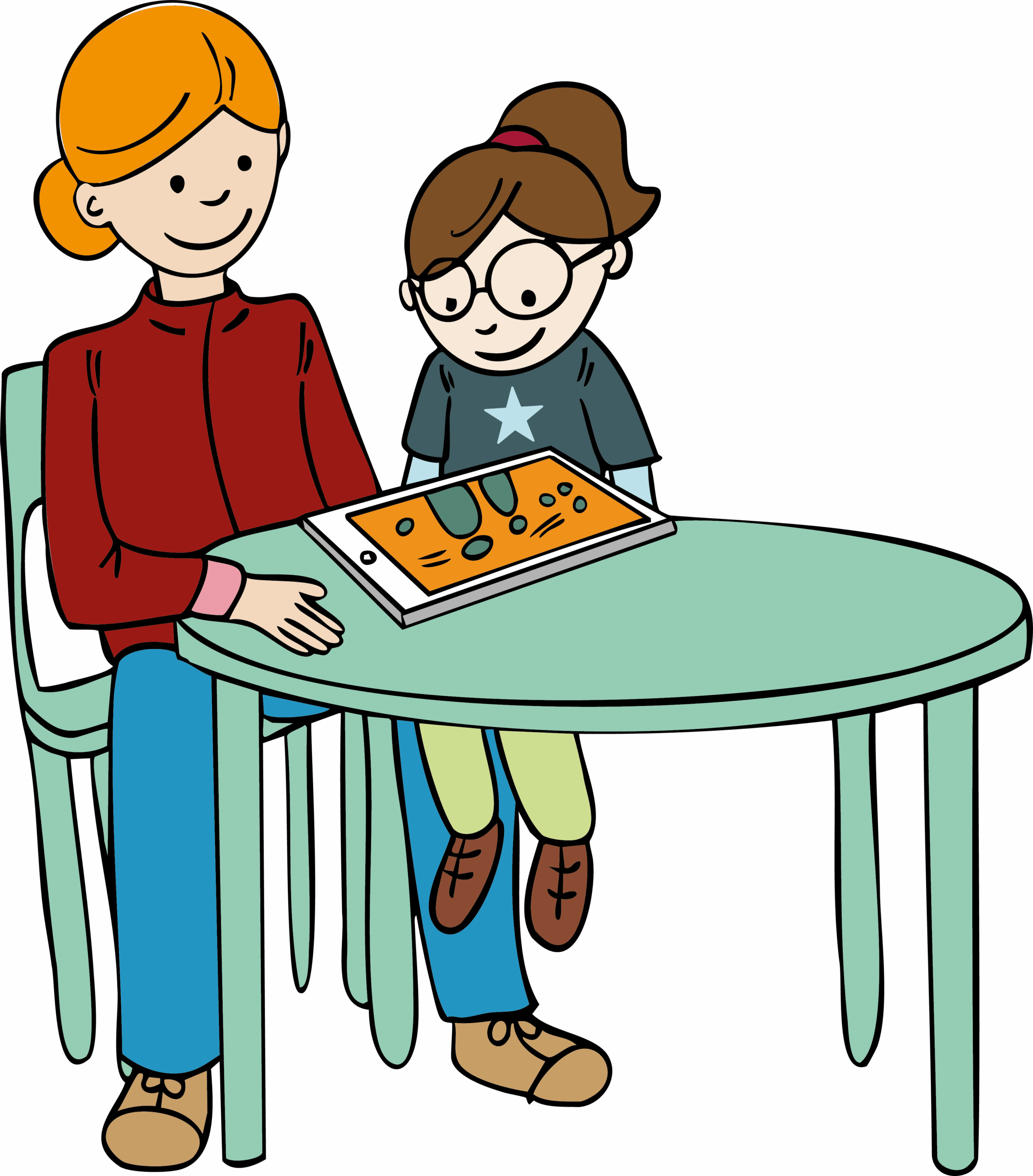
You sit together at a table, on the floor or you sit next to the bed. You look at the book together. Your child can also look at you at any time.
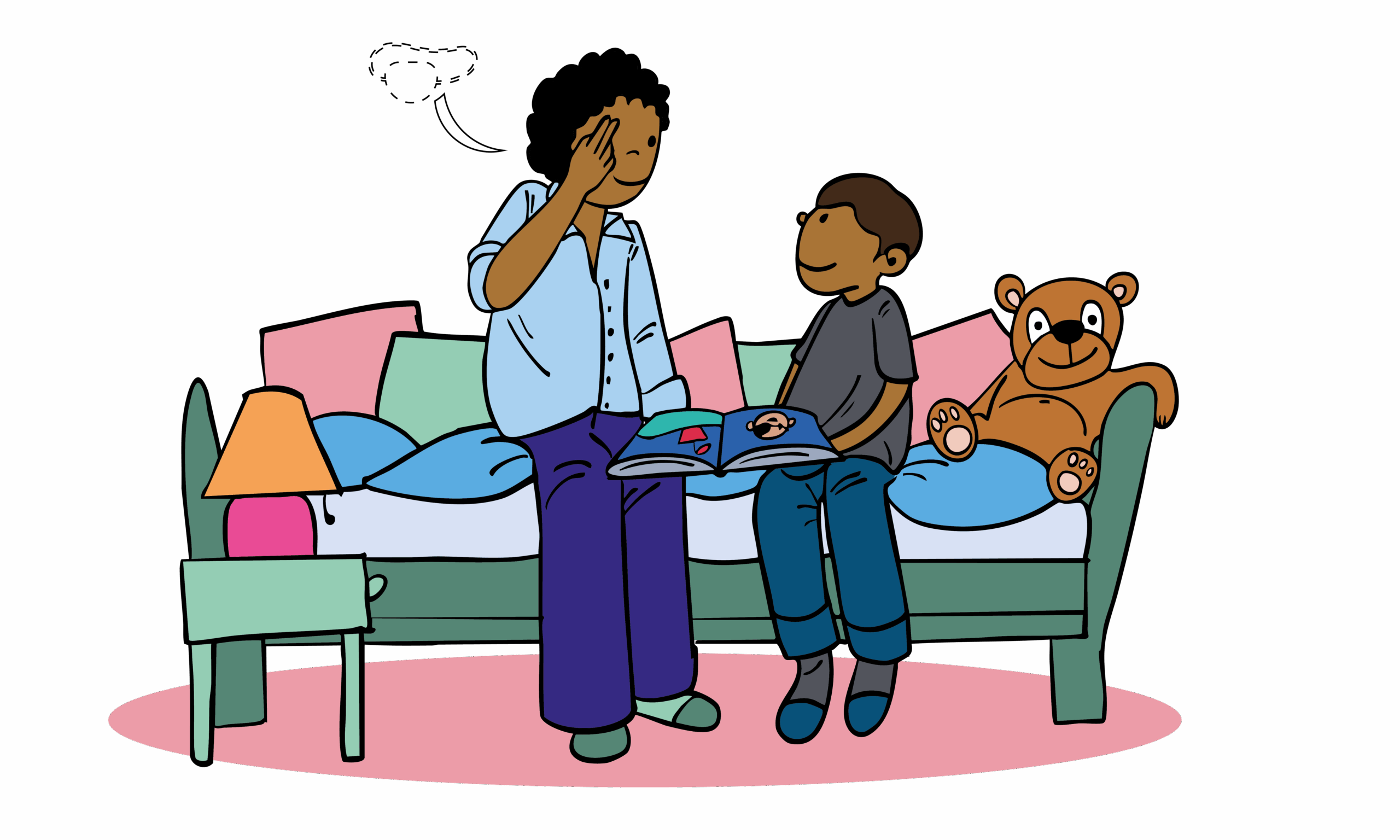
If you sign, you need both hands during shared book reading. Place the book on the floor or a table.
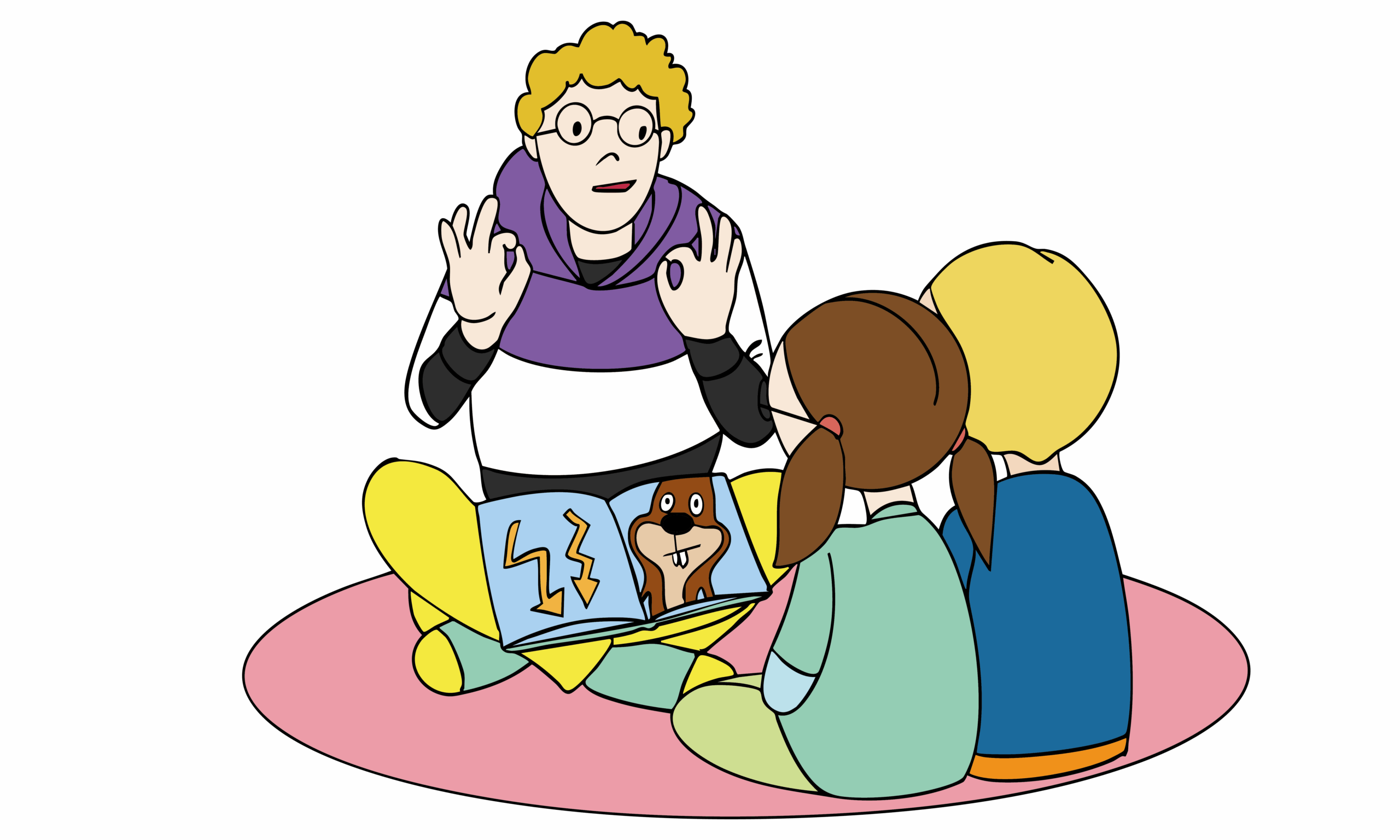
A book stand can also help so that you can both look at the book and use your hands for signing at the same time.
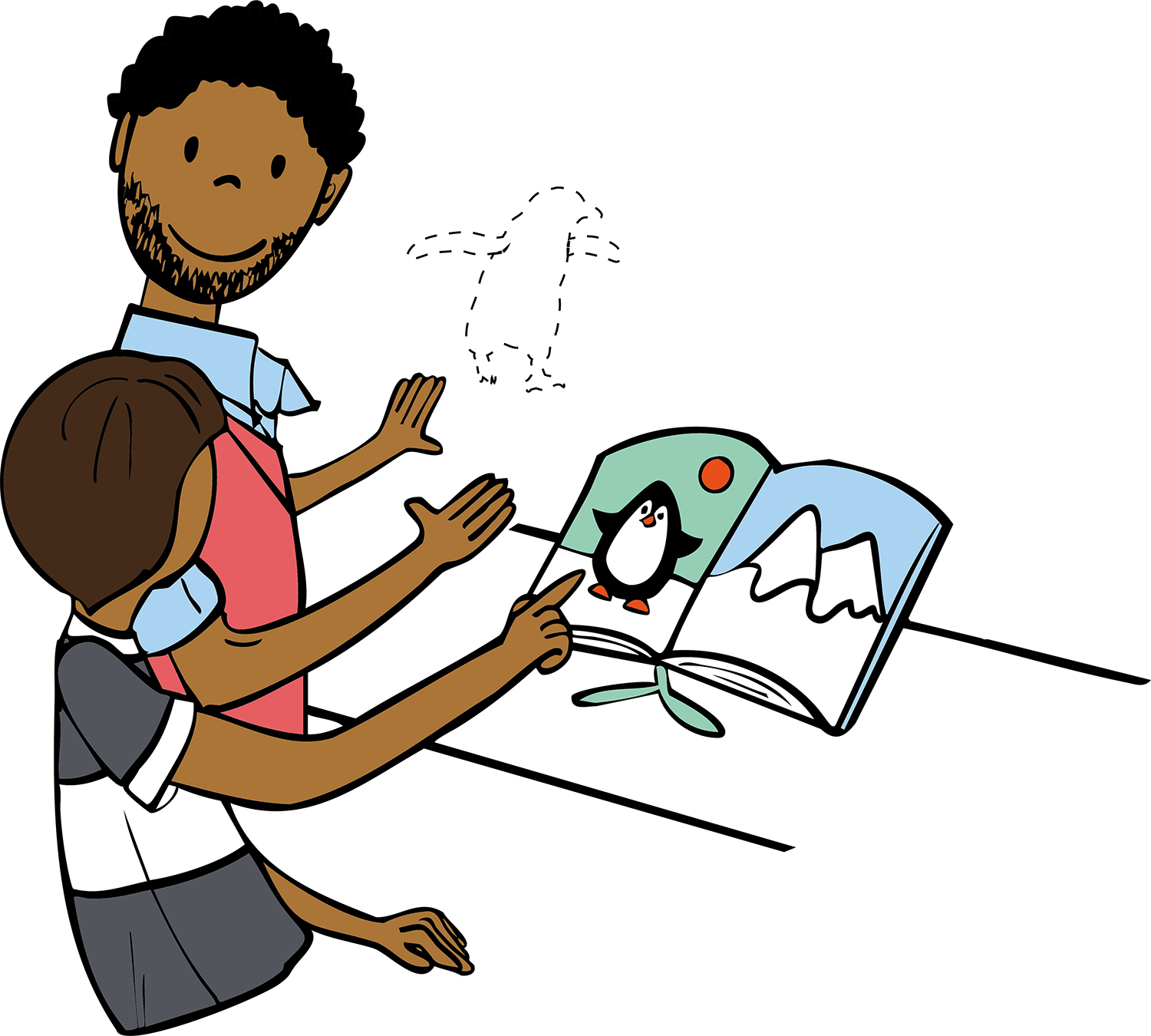
With a mirror in front of you, you can also see your signs clearly. If your child becomes restless, you can easily cuddle and calm them in this position.
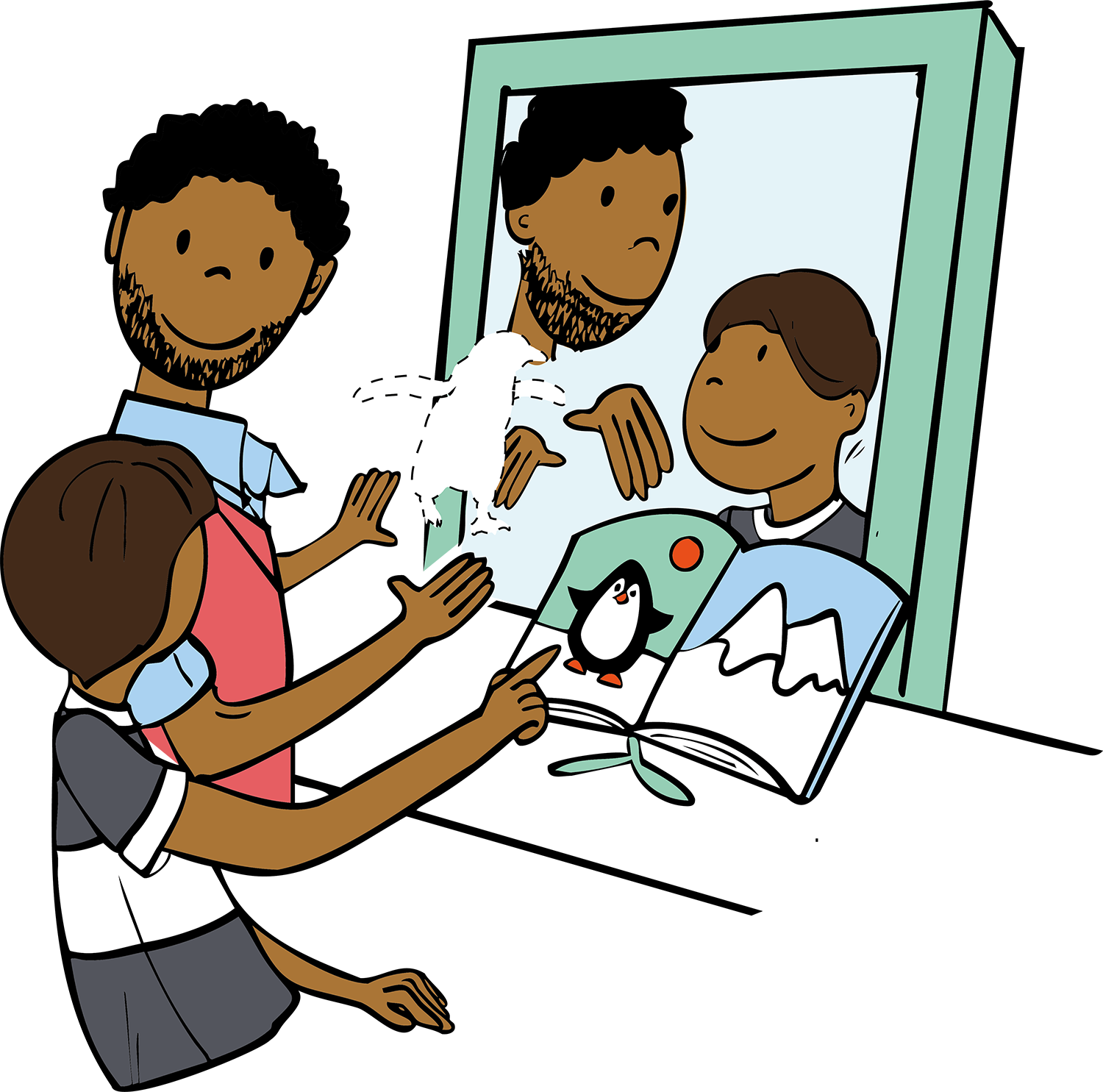
What else you should know

Before you explain a picture, turn the book so that your child can see it clearly. Regardless of whether your child is signing or talking to you, many deaf or hard of hearing children find it difficult to look at the book and follow the story at the same time. Your child can also relax by just following your story without looking at the pictures.

Children sometimes change their position during shared book reading.

Remember: Every child is different. Try out different places and positions and find out what works best for you. Expect it to take a little longer until you have found the right sitting position for you. But don’t give up! Children first have to learn to concentrate during shared book reading. This can take a while.



Exercises
Exercises

Watch your child when you do shared book reading: Can your child see you and the book well during shared book reading and look easily back and forth between you and the book?

Try out different sitting and lying positions with your child. Which do you like best?

